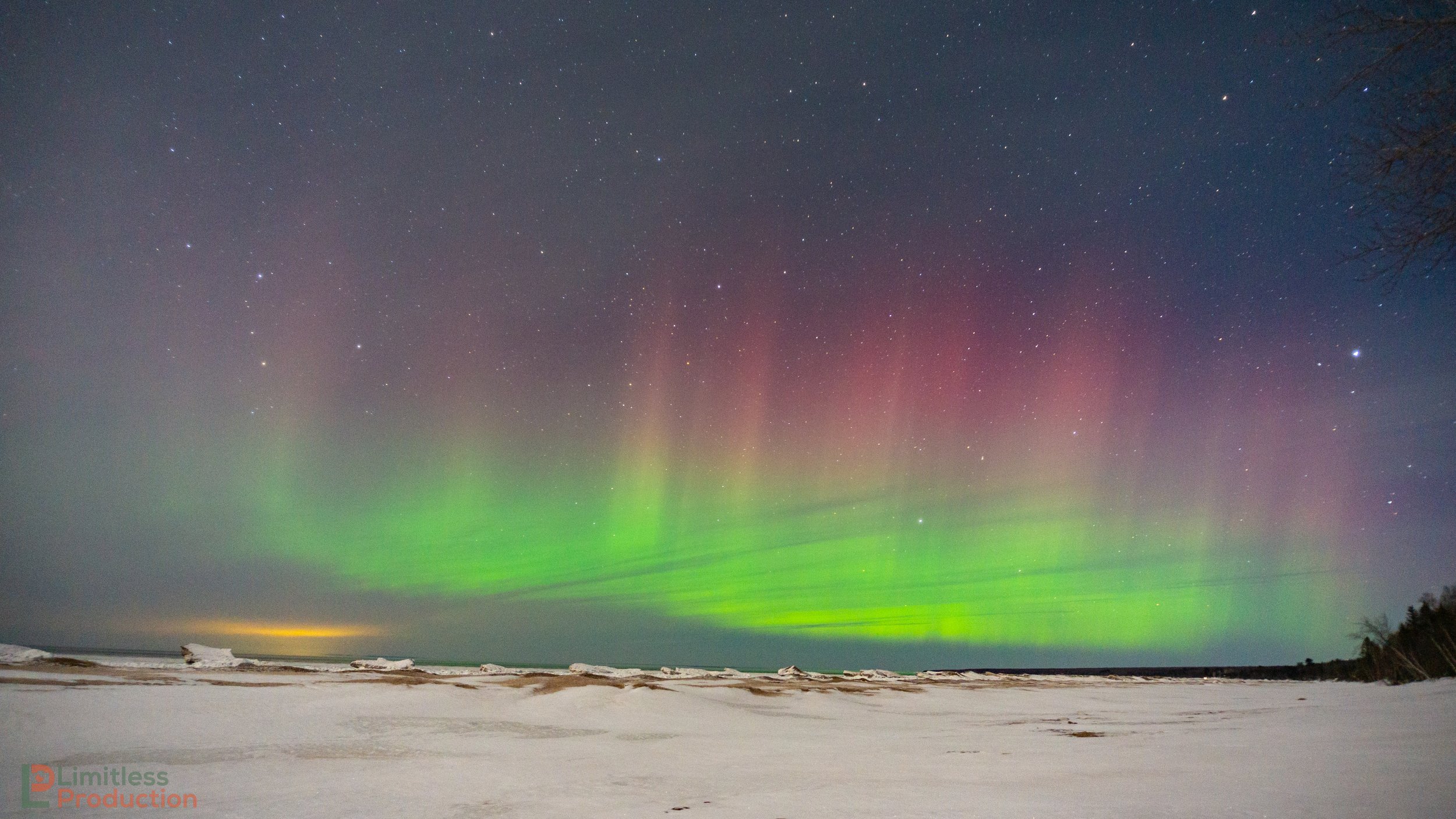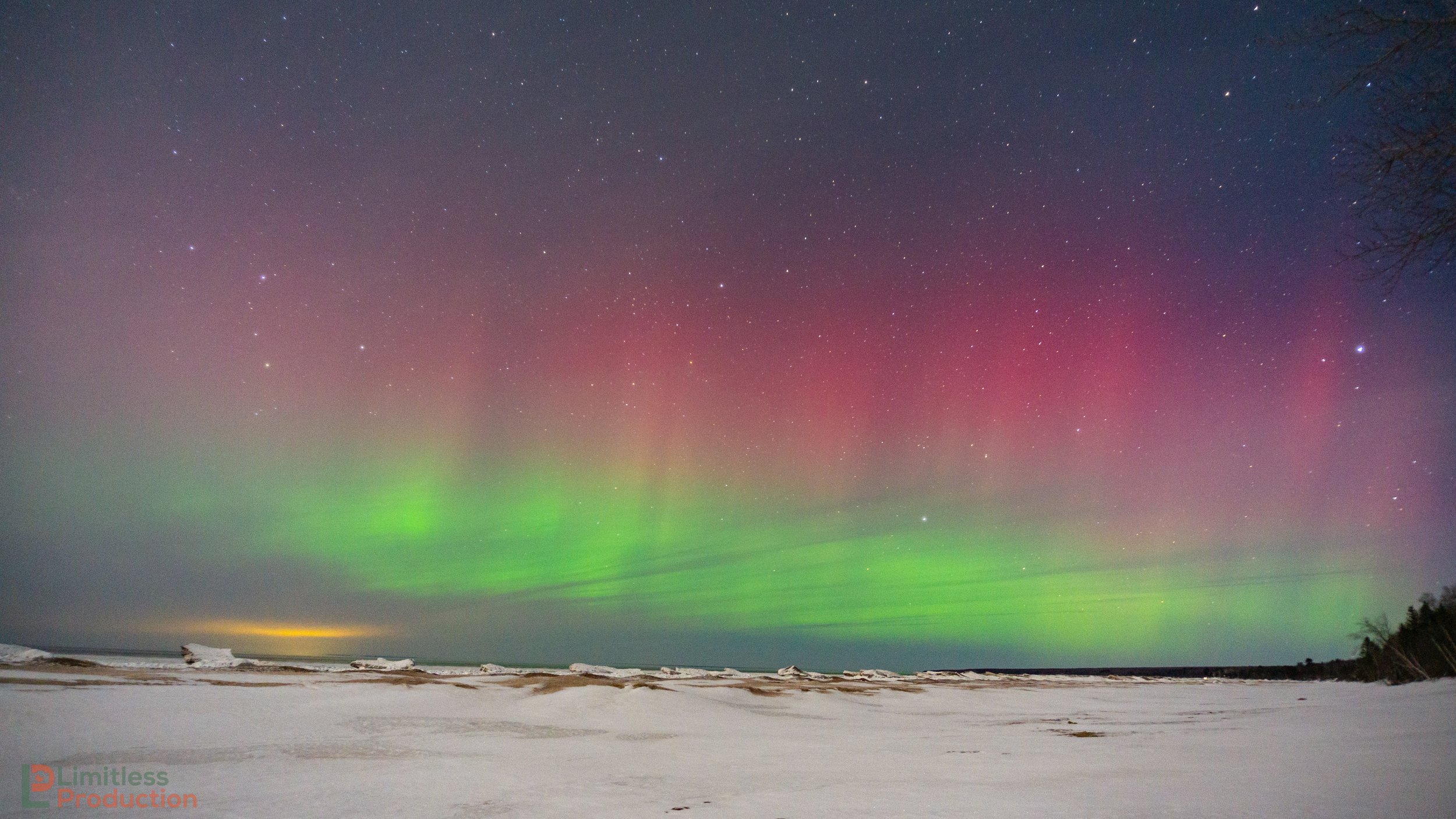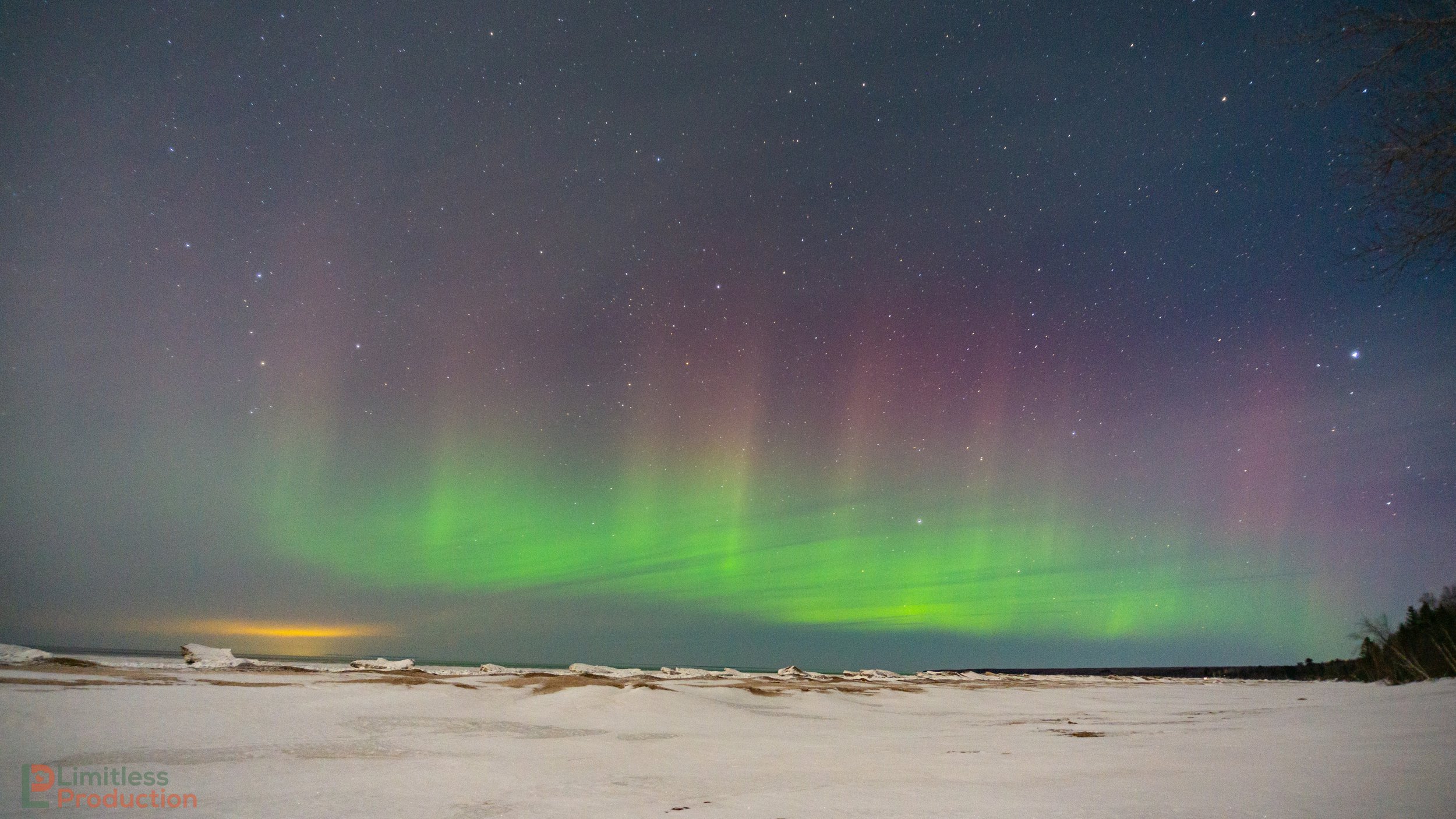Is solar activity increasing? [Updated]
Back in April, we wrote an article about the Solar Cycle in response to the increase in solar activity that we have been seeing. You can find and read that full article here: More chances to see the Northern Lights in the coming weeks - Is solar activity increasing? In that article, we mentioned how the sunspot activity that was occurring was already outperforming the forecasted sunspot activity for that particular timeframe. It has been a little over 5 months since we wrote that article, so we wanted to write a follow-up and more in-depth article talking about where things stand today and how the forecast compares to the current trends.
The Solar Cycle
The forecast for the Solar Cycle is created by the Solar Cycle Prediction Panel. This panel is made up of members from the National Oceanic and Atmospheric Administration (NOAA), the National Aeronautics and Space Administration (NASA), and the International Space Environmental Services (ISES). Solar Cycle records began with Solar Cycle 1 in 1755. We are currently in Solar Cycle 25, which began in December 2019 when the solar minimum occurred. The solar minimum occurred, according to the Solar Cycle Prediction Panel, when the 13-month smoothed number fell to 1.8 sunspots. That ended Solar Cycle 24, which was said to be the 4th-smallest intensity Solar cycle since records began with a solar maximum of 114 sunspots in April of 2014. The predicted average was supposed to be 179 sunspots. Sunspots are important because they tell us where in the Cycle we are. The solar minimum occurs when we have the least amount of sunspots. When we reach the middle of the Solar Cycle, when we see the most sunspots, that is our solar maximum or peak. The Cycle ends when we reach the solar minimum once again, with the newest Cycle beginning after that. At the end of that roughly 11-year period, the magnetic field of the Sun, the north and south poles, will actually completely flip. This change in the magnetic field has a direct impact on the amount of solar activity on the surface of the Sun.
So now that we are in a new solar cycle, what was predicted, and how are these predictions going so far?
Solar Cycle 25
As was previously mentioned, Solar Cycle 25 began in December 2019 with the Solar Cycle Prediction Panel predicting Cycle 25 to be the same strength as Cycle 24. They expect the solar maximum to occur in July 2025 with a peak of 115 sunspots. The error factor is 105-125 sunspots with the maximum occurring between November 2024 and March 2026. According to Dr. Doug Biesecker, the prediction that Cycle 25 would also be weak was decided based on “how quickly solar activity rises” which can then be used as “an indicator of how strong the solar cycle [the next one] will be.” The solar physicist at the Space Weather Prediction Center and panel co-chair continued by saying “although we’ve seen a steady increase in sunspot activity this year, it is slow.” When taking a look at the ISES Solar Cycle SunSpot Number Progression, which you can see below, you can see the original predicted sunspot values line in red, the observed monthly sunspot values in blue with the diamonds, the 13-month weighted smoothed sunspot monthly value line in purple, and the predicted sunspot values increased by 10 and shifted 6-months earlier in gray. As was previously mentioned, Solar Cycle 25 was predicted to be another weak cycle, similar to Cycle 24. When looking at the data though, from March 2021 through the present the observed sunspot values have been on average around 27.1 sunspots higher than what was predicted for the current solar cycle. If this current trend were to continue, that could put the peak number around 142.1 sunspots by July 2025. The general error of +/-10 sunspots that the Panel uses would put that number around 132.1-152.1 sunspots by July 2025.
When looking at the graph below, the current 13-month smoothed monthly values line aligns very closely to the gray Predicted Values +10 line that is shifted 6 months earlier than the original prediction. This would put the projected peak more around November in the Fall of 2024. If this were to occur, the predicted peak is projected to be around 125.1 sunspots with an error of +/-10 putting it in the 115-135 sunspot range, which is visible in the second image.


Could Cycle 25 Be One of the Most Active Cycles?
On July 27, 2022, an update to Solar Cycle 25 was published by Abbey Interrante - A science Writer for NASA which stated that despite the predictions of the panel, the Sun has actually been more active than it was initially anticipated to be, which we also showed in our observations in the previous paragraph. What makes this Cycle even more interesting, is the fact it is showing similar signs to a study that was led by Scott McIntosh from the National Center for Atmospheric Research that was published in Solar Physics in November 2020 that is titled: Overlapping Magnetic Activity Cycles and the Sunspot Number: Forecasting Sunspot Cycle 25 Amplitude. In this study, Scott McIntosh and his team want to create a more accurate forecast for Solar Cycles as the impacts of these solar events can have widespread impacts on human life. A significance that is ever growing more each year.
From their research, McIntosh’s team predicts that Solar Cycle 25 could be among one of the strongest sunspot cycles we might have ever seen depending on when the minimum or end of Cycle 24 occurred. Their studies found with 95% confidence that Solar Cycle 25 could have a best-estimate peak between 153 to 305 sunspots, but because the terminator (end) of Solar Cycle 24 had not been reached yet [at the time of their research] the limiting values would decrease by 10 for every quarter year extension in the Solar Cycle for 24. An example of this shift can be seen in the graph below as the blue line with the red line being the estimation by McIntosh’s team.
A study from a team lead by Scott McIntosh of National Center for Atmospheric Research, published in Solar Physics.
Tips for capturing the Northern Lights
We often get questions from people about how to capture the Northern Lights and what settings we use. So we put together a little guide in the hopes it might help more of you be able to also capture some of those stunning images over the months to come. You can find that guide here: Tips for Capturing the Northern Lights with your Cellphone and DSLR Camera




